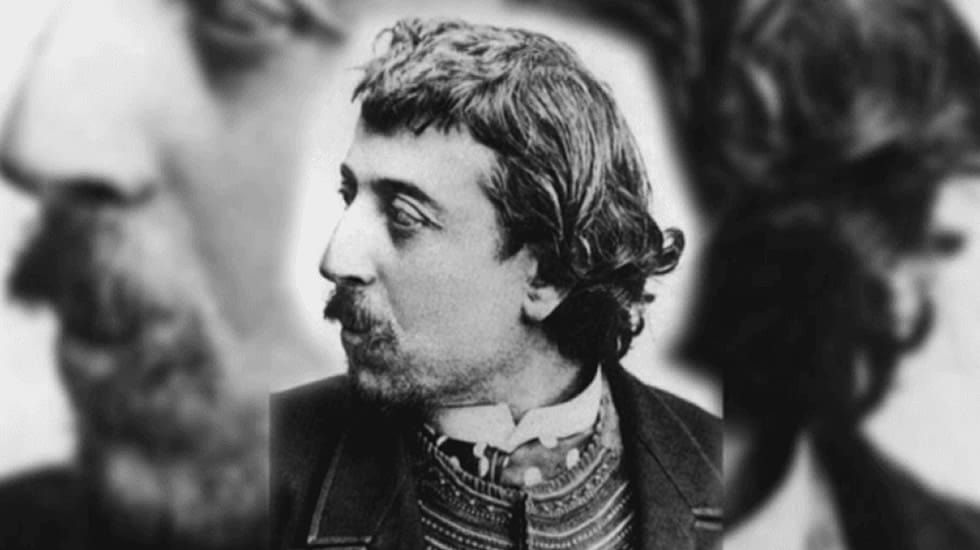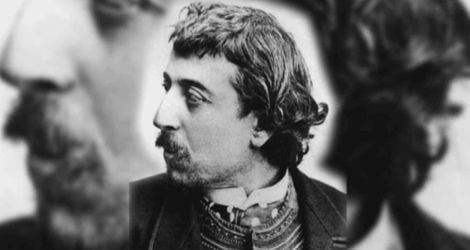Gauguin oil painting reproductions hand-painted on canvas
Massively Talented Artist — Fantastically Accurate Replica
Oil paint on Cotton Canvas — Exclusive Customer Services

Massively Talented Artist — Fantastically Accurate Replica
Oil paint on Cotton Canvas — Exclusive Customer Services


Paul Gauguin is a notable French artist who was trained in Impressionism but broke away from its obsession with the daily world to pioneer a new style of painting known as Symbolism. Gauguin experimented with new color theories and semi-decorative techniques to painting as the Impressionist style came to a close in the late 1880s. He notably collaborated with Vincent van Gogh in the south of France for one summer in an incredibly colorful manner before abandoning Western civilization totally.
By the time he began traveling regularly to the south Pacific in the early 1890s, he had already abandoned a former life as a stockbroker, where he developed a new style that married everyday observation with mystical symbolism, a style heavily influenced by the popular, so-called "primitive" arts of Africa, Asia, and French Polynesia. Gauguin's rejection of his European family, society, and the Paris art world in exchange for a life apart, in the land of the "Other," has become a romantic exemplar of the artist-as-wandering-mystic.
Gauguin studied religious communities in rural Brittany and various landscapes in the Caribbean after mastering Impressionist methods for depicting the optical experience of nature, while also educating himself in the latest French ideas on the subject of painting and color theory (the latter heavily influenced by recent scientific study into the various, unstable processes of visual perception). This background aided Gauguin's progressive development of a new type of "synthetic" painting, one that serves as a symbolic representation of reality rather than a merely documentary, or mirror-like, reflection of reality.
Gauguin treated his painting as a philosophical meditation on the ultimate meaning of human existence, as well as the possibility of religious fulfillment and answers on how to live closer to nature, seeking the kind of direct relationship to the natural world that he witnessed in various communities of French Polynesia and other non-western cultures.
During the latter decades of the nineteenth century, Gauguin was a significant member of a European cultural movement that has now come to be known as Primitivism. The word refers to the Western infatuation with less industrialized civilizations, as well as the romantic concept that non-Western people are more genuinely spiritual, or in touch with elemental forces of the cosmos, than their comparably "artificial" European and American counterparts.
Gauguin's name and work became synonymous with the idea of ultimate artistic freedom, or the complete liberation of the creative individual from one's original cultural moorings, after he had virtually abandoned his wife, his four children, and the entire art world of Europe.